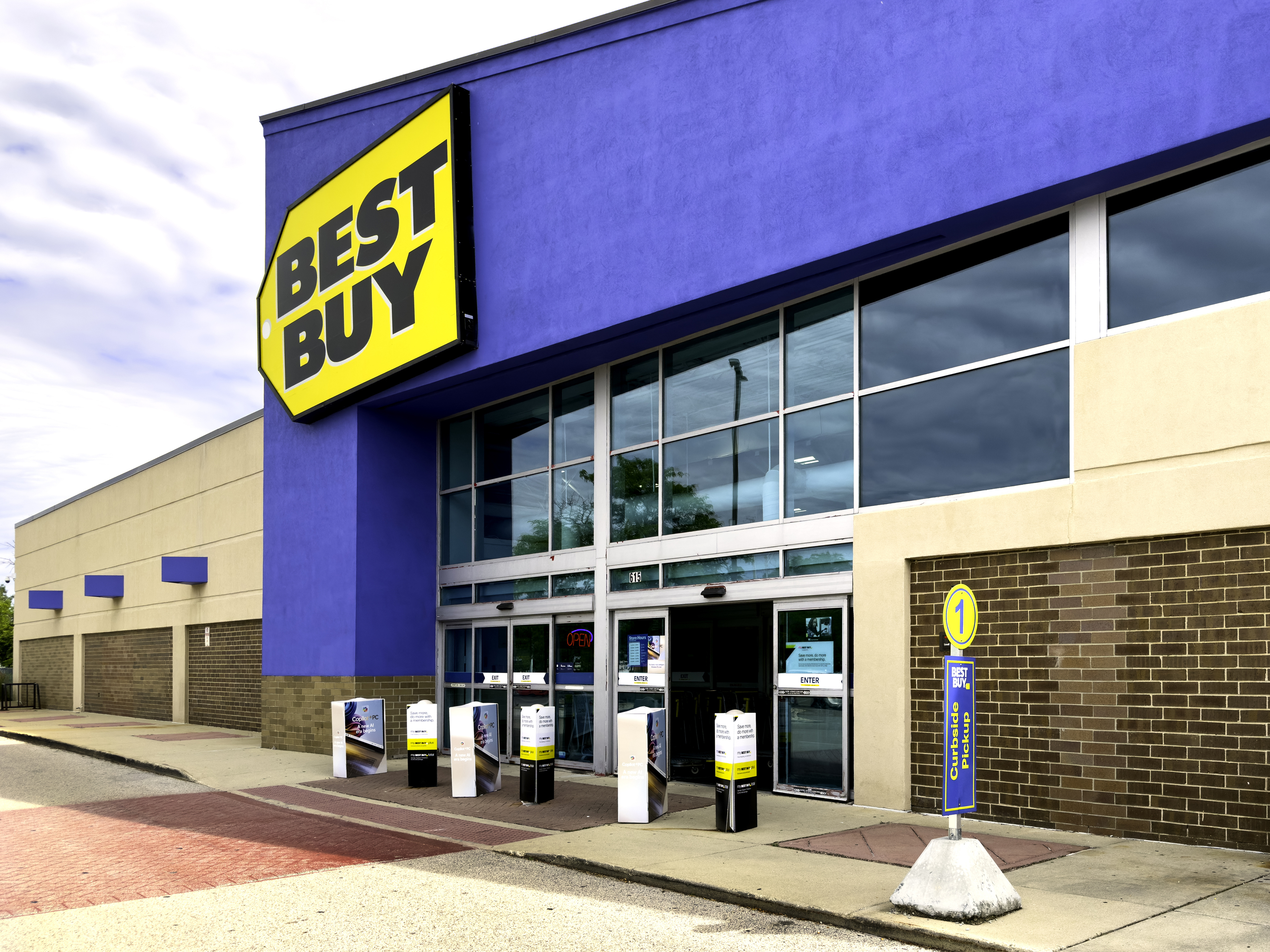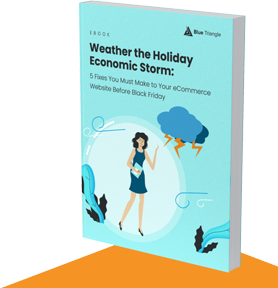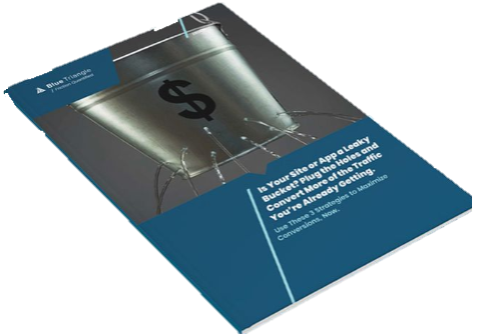It's hard to believe it's been five years since we navigated a global pandemic and the basic rules of shopping were turned upside down.
When Best Buy deployed curbside pickup across 1,000+ stores in 72 hours during the COVID-19 pandemic, it didn't just save its business—it rewrote the playbook for digital transformation under pressure. That's not an exaggeration.
As Robert Neer, Product Management Leader, shared on a new episode of The Frictionless Experience:
"We went from about a quarter of the chain to chain-wide in like 72 hours or a long weekend...it was, I think, a tribute to all of the groundwork that had been laid."
That's why it was so much fun for Nick Paladino and me to bring Robert and Brent Van Wieringen, Design and Product Leader, onto The Frictionless Experience and relive that incredible moment. One that had very real, lasting impact on how digital teams function today.
But here's what we really wanted to explore:
Now that the urgency of the pandemic is behind us, how do we keep moving at that kind of speed without a crisis?
Here's what stuck with me from the conversation.
1. Crisis didn't create urgency. Mission did.
Contrary to what some might think, the Best Buy curbside pivot wasn't fueled by top-down panic or an arbitrary 72-hour clock. It was driven by belief in the outcome.
"There was no 'you have 72 hours to do this'. It was just: we don't know what's going to happen if we don't start fulfilling for customers in a way that is safe for them," said Robert.
That clarity of purpose created urgency without chaos. Because the goal was real: Serve the customer, or cease to exist. It's what made the effort feel more like a mission than a sprint. And it's why the entire org rallied.
As Brent said:
"It was a problem that had to be solved right away… I think some people did their absolute best work during that time."
It's worth revisiting how another leading retailer quickly adapted at a time when stores were closed.
On another episode of The Frictionless Experience, Paul Stonick, an executive design leader, shared how Home Depot did it:
"It was highly complicated. You had about 50 different teams working together. It just wasn't UX and engineering and product. It was supply chain and logistics and brand managers and managers within the store who had different staging areas."
Read more about what made Home Depot's response successful (hint: it was an instance where leadership got out of the way and allowed them to move quickly because the hastily assembled crisis team had to devise a solution in days, not months or years.)
2. Real agility comes from trust, not process
You can install all the rituals—scrum, standups, OKRs—but without trust, your teams will grind. The pandemic, ironically, gave teams the permission to trust each other because there wasn't time not to.
This goes deeper than tools and tech. It's emotional. When divisions start talking to each other like humans, not silos, that's when agility actually shows up:
"I think that the pandemic really gave us a reason. Post-pandemic, those relationships across the omnichannel flourished."
3. Forget product management. Solve problems.
Brent said it best:
It's not about how many product managers you hire. It's about whether your team can solve customer problems better than your competitors. Robert drove this home:
"You can say, well, we have a product model because we have a whole army of people we call product managers—but they're not thinking in any of those ways."
Call it product-led, or whatever you prefer. Just ensure your team has the freedom and the expectation to identify problems and solve them.
4. Stop making every channel the same
One of the clearest lessons from the pandemic? Every channel serves a different purpose. And they should be treated that way.
As Robert said:
"It makes you think about what is the real purpose of a mobile app.? Not just think about parity across every channel but really think about what are the different touch points' role in an end-to-end journey."
If your app looks just like your website, you're missing the point.
Apps travel with customers. Stores offer physical presence. The web supports browsing and research. Each needs to excel at what it does—not match everything else pixel for pixel.
5. AI isn't replacing your team. It's becoming part of it.
Today, transformation isn't just about omnichannel. It's about how we work. And AI is reshaping that in real-time. Brent said:
But AI doesn't work in isolation. It still depends on human discernment and trust.
It blurs the lines between product managers, designers, and engineers—but it doesn't necessarily replace the experience or the discernment that you need to use AI.
So instead of asking whether AI will replace your team, start asking how it can amplify them.
6. The job wasn't done after 72 hours. That was the starting line.
Here's the most important insight of all: Transformation wasn't about solving one big problem. It was about creating a new way of working.
The job was not over when we Best Buy went chain-wide. That was just the start. That wasn't the finish line.
To maintain momentum, people need to believe in the mission, not just the metric.
It comes from the difference of having your people believe in the cause versus believing in the fact that they're deploying code. Believing in the outcome rather than the task.
That's how you move quickly without burning out. That's how you create urgency without chaos. That's how you continue to transform, even after the crisis is gone.
So, how do we maintain momentum without a crisis?
Here are 5 ways to maintain transformation momentum without a crisis:
- We align around mission, not milestones.
- We build trust, not turf wars.
- We design teams to solve problems, not just run roadmaps.
- We meet customers where they are, not where we wish they'd be.
- And we treat new tools like AI as team members, not threats.
The pandemic forced us to work this way. But nothing is stopping us from choosing it now.
As Robert reminded us:
"Never waste a good crisis. It really broke down silos. I wish I could say that de-siloing endured five years later—but in pockets, there's still good lessons to be learned."
Let's be one of those pockets. And let's stop waiting for the next crisis to become the org we want to be.
If you missed this episode of The Frictionless Experience, give it a listen—it's one of our most inspiring yet. And if you've found ways to keep momentum alive inside your teams, I'd love to hear how you're doing it.

During the holiday rush, every shopper matters
Optimize the customer journey before the eCommerce event of the year.

.jpg)



.png?width=734&height=615&name=Brent-3%20(1).png)
